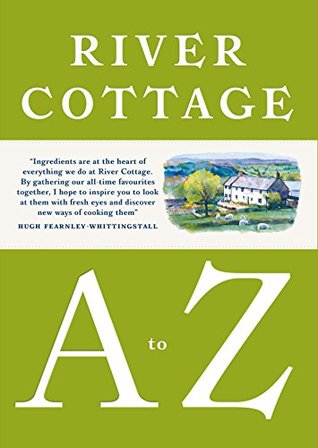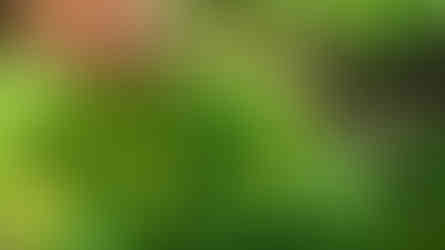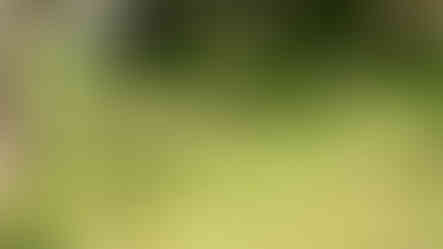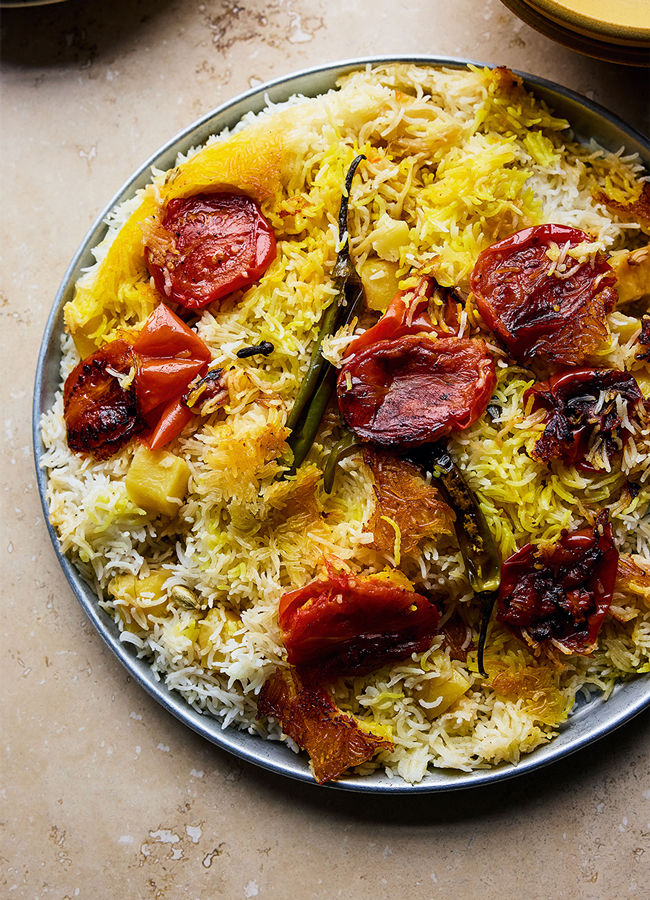Lucky dip - unadventurous me
- rosemary
- Sep 15, 2020
- 6 min read
Sometimes, it’s worth following a recipe, even if you don’t have to." Cooking all of Real Fast Food

I'm feeling lazy and I haven't done a lucky dip for a while so I decided today would be the day.
As usual part of the reason I haven't done a lucky dip for a while is because the recipe that I picked from my lucky dip book - Real Fast Food by Nigel Slater - was not appealing to me. It was the second of four or five pages on burghul and the particular recipes were not appealing. I mean I am happy to use burghul in Tabbouleh - we all do that from time to time - but wasn't particularly inspired to try other things. And these two recipes - Bulghur wheat and black-eyed beans, and Bulghur wheat and aubergine pilaf were really not tempting. I was doubly disappointed because, as you all know by now, Nigel Slater is one of my very favourite cooks and I was quite excited to have picked that particular book - packed as it is with so many very fast and very simple recipes. But I was so disappointed that it was bulgur. Not being inspired by those two recipes I turned to the page before hoping for insights and something more exciting - but no - it was porridge, which has such bad memories for me that I cannot possibly face it today. So it was put aside for the day when I was really feeling desperate.
So it has taken me a while to get round to this particular lucky dip and I am now glad that I did, because I realise that there is quite a bit to say here.
So first let's tackle my reluctance. A reluctance shared with the writer of a site called All of Real Fast Food who reproduces the recipe for Bulghur wheat and aubergine pilaf. As he or she says (the author is completely anonymous):
"Now, this is exactly the kind of recipe I’d skip past usually: I already have a perfectly reliable method of making bulghur, it tastes nice, and so I don’t need this one."
The aim of the site is the site's name. I have to say I always admire the people who do this. I once, very briefly, began on Robert Carrier's Great Dishes of the World, but surprise, surprise - I didn't get very far. And the author of All of Real Fast Food, obviously has his or her moments as the above statement confirms.
He or she also expanded this reluctance to cookbooks in general:
"I’ve cooked the almost all the things that seem most obvious to me. This is usually the point where, for me and I’m sure for others, the book goes into semi-retirement on the kitchen shelf, retrieved for the odd late-career reprise (“Ah, this one has that amazing…”), but generally about 90% ruled out for no good reason I can think of."
You get a new and wonderful cookbook, you make a recipe or two that attracts you and then you put it back on the shelf and most likely never refer to it again, unless there is a particular recipe that you use over and over. This is why I do use my old cookbooks more than my new ones, because, back then I only had a few to choose from - a handful that would only have filled one very small shelf. And I was learning to cook new things back then too, so wanted to try something new every day. And some of those things I tried have become family favourites. Nowadays I seem to be just mostly making things up from what's in the fridge, only rarely trying something new. Which, as I say in the title of this post, is very unadventurous of me.

This blogger though had a reason to cook the dish - the blog - and so he or she did. He or she also resisted the temptation of we older cooks to meddle with the recipe:
"Left to my own devices, there’d be lemon juice, cumin, olive oil, parsley, garlic and god knows what else in here, but what we were left with was a delicate, balanced and tasty foil for the simple roast chicken and tzatziki we ate it with."
I had to smile at this, because this is exactly what I would have done. I would have thought it too plain and meddled by adding just the sort of things listed there. But we really shouldn't. Some of the most delicious family favourites in our house are actual recipes with very few ingredients. So maybe I should try this next time I am allowed to have a barbecue or something. It would go well with a barbecue by the sounds of it.
So in the spirit of checking other cookbooks, I pulled out Bert Greene's Grains Cookbook and River Cottage A-Z for comparison on how they tackled burghul as opposed to Nigel Slater. (Stephanie Alexander did not have a section on burghul in The Cook's Companion - or any recipes either come to that). Obviously the Middle-Eastern brigade and indeed many other of my books have recipes that use burghul, but I was only looking at the books arranged by ingredient.
And the winner is - Bert Greene. And not just for the recipes - he has 24 very tempting recipes - yes every one, plus a recipe for making your own burghul. So maybe I should drag out my jar of burghul from the back of the cupboard - this could also be a 'back of the cupboard' post after all and try one or two. There are at least three pilaffs, a stuffed chicken, several salads, stuffed tomatoes and a wonderful sounding bread which I have seen mentioned here and there on the net. Plus he tells you everything you would want to know about the history of this grain, a funny story about how he first encountered it, and little tips and tricks along the way. Here is some of his wisdom.
"Depending which side of the Persian Gulf a cook's forebears were born on, you will find it spelled as bulghar, bulgor, boulgar, boulghour, borgul, borgol, burghul, or burghoul"
"The most persistent myth about bulgur is that it is simply cracked wheat. Not so. Both bulgur and cracked wheat are indeed compounded of whole wheat berries, but there the similarity ends.
Cracked wheat, as its name implies, is uncooked wheat that has been dried first and cracked apart later, by coarse milling. Bulgur, on the other hand, is wheat that has been steamed, then dried (whole or partially debranned) before being crushed into various grinds."
"Since bulgur is precooked, do not overcook it. A good rule of thumb is to remove a grain or two from the pot after 20 minutes of cooking time has elapsed. It will not be done, but the texture should be 'toothsome' enough to allay any fears, and then the dish can be completed with utter confidence. And remember: The final 10 minutes resting time, off the heat, is when the bulgur becomes dry and light."

He tells us that it is a very ancient grain - well it's wheat - known back as far as 4000 BC or thereabouts and as far away as China. It reached Europe in the 14th century with the Ottomans, although on another page he seems to contradict this by saying the Romans had it and called it cerealis after the Goddess Ceres - goddess of harvests. But these days it is not all that fashionable is it? Except for Tabbouleh, which I confess is the only use I have ever made of it. Quinoa and Freekeh are much more fashionable. Indeed I did find one other blogger who had made the Nigel Slater aubergine and burghul dish, but she had made it with freekeh and added this and that. She didn't have the same restraint as the All of Real Fast Food author. So it was not really the same thing at all.
Nigel Slater has further recipes for a tabbouleh with plums, a salad with mango and mint, a pilaf and a side dish with mushrooms - he does say that it's a favourite ingredient with "a nutty taste and grainy texture that I find a pleasing change from rice," but not quite as adventurous as Bert Greene though.
As to River Cottage, well they cheat a bit in that their bulgur dish - Mujadara which is really a Lebanese rice dish. Well you can swap burghul for rice or couscous for that matter. Unlike Nigel Slater, Tim Maddams who writes the article on burghul seems to think that you do need all those extra flavourings:
"Bulgur has a lovely, virtuous texture but, as with many grains, it is essentially bland. The more flavour, spice and seasoning you can give it - or accompany it with - the better."
Full marks to them though for giving lots of broad ideas of how to use it.
Now I'm telling myself to be adventurous and try something new with burghul - maybe the stuffed tomatoes or the stuffed chicken, but will I? I always have good intentions when I write these blog posts, but I rarely follow through. I'm unadventurous you see. Always have been - in all things, although I suppose I have occasionally surprised myself.
SOME ELTHAM POSTCARDS FROM TODAY AND YESTERDAY
Yes you can walk right up to that neighbour's fence and take a photograph of the kangaroos. They watch you carefully but unless you have a dog they will generally stay where they are. And the jasmine is below yet another abandoned water tower - although this one does not have the tank on top. Plus beautiful weeds - oxalis, onion grass and lillies. Not forgetting the home-made face masks.























Comments